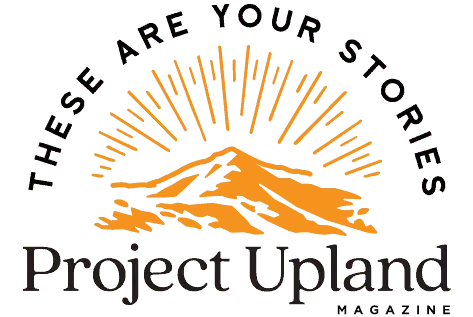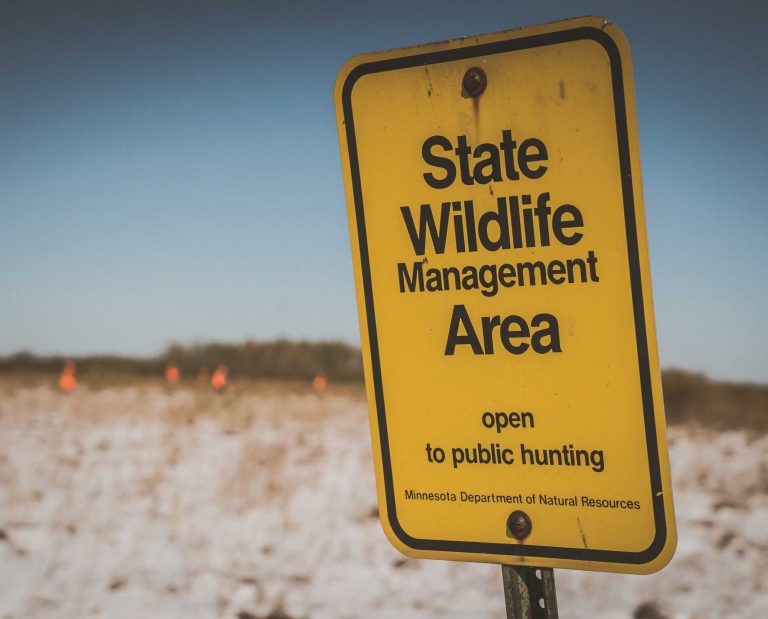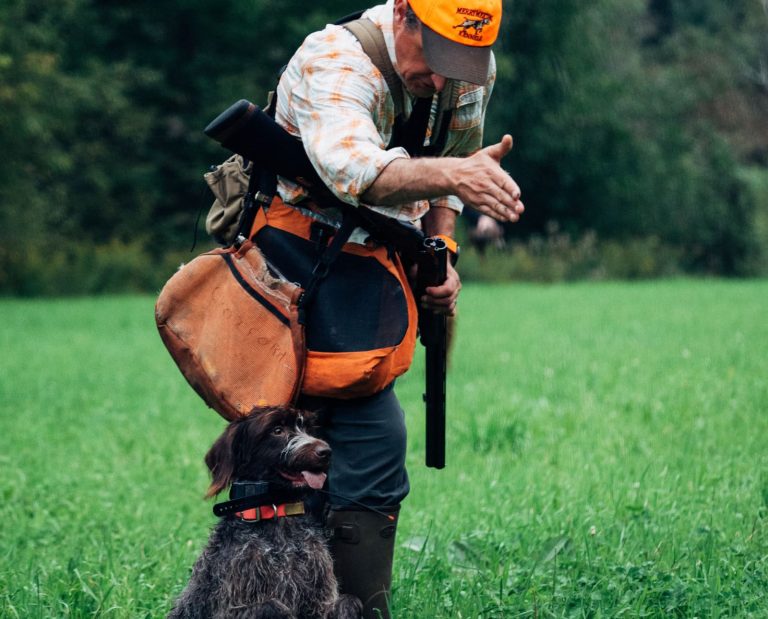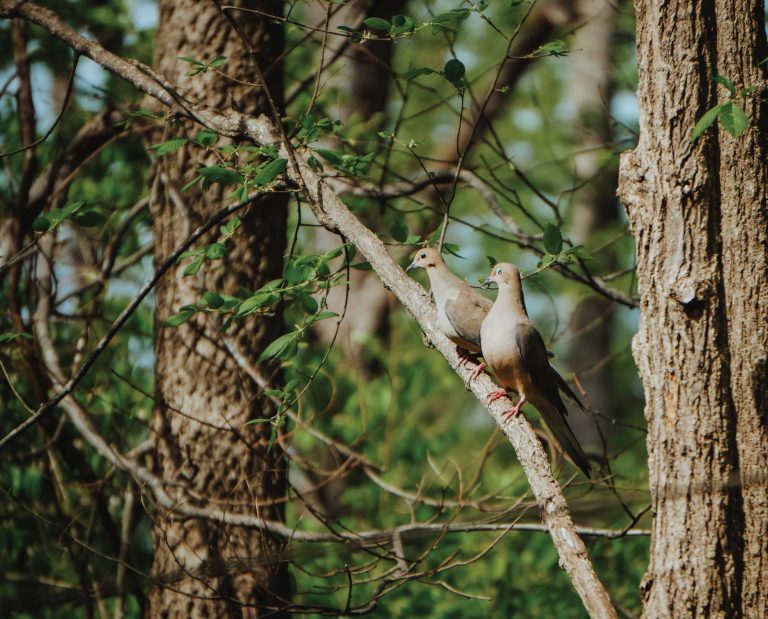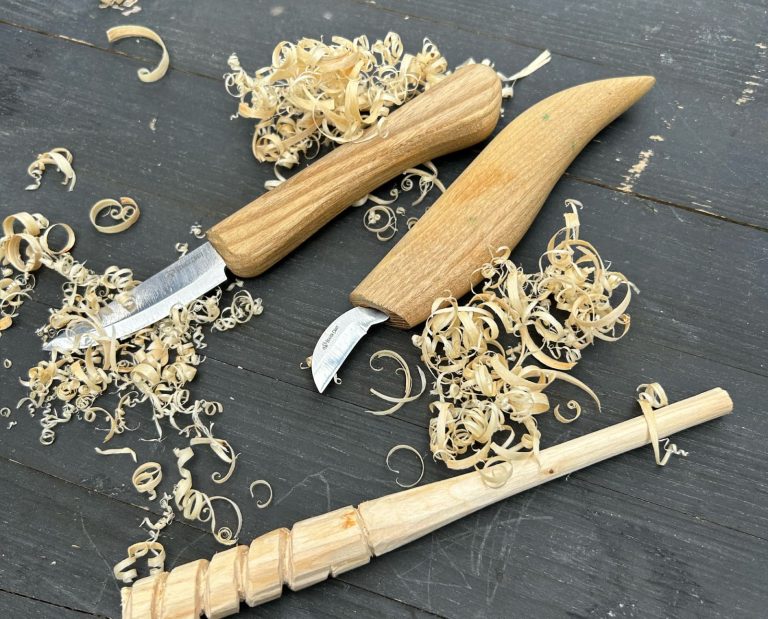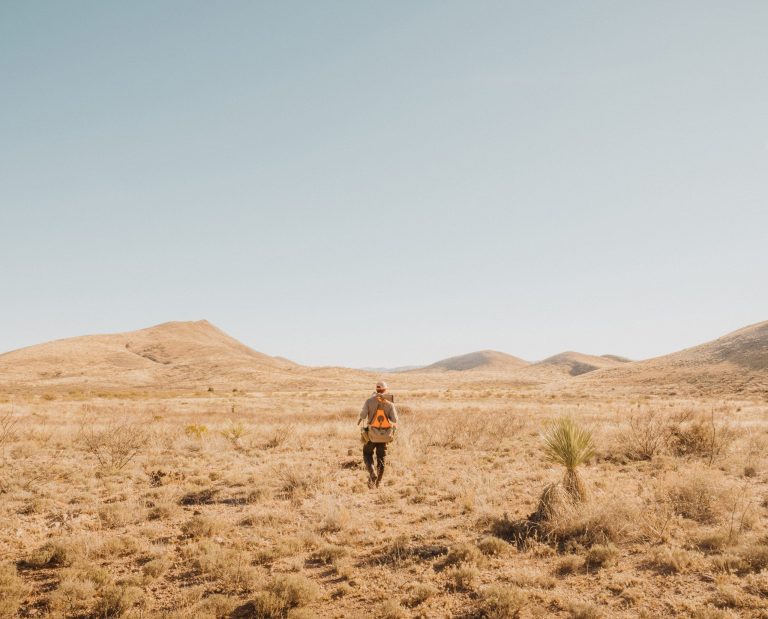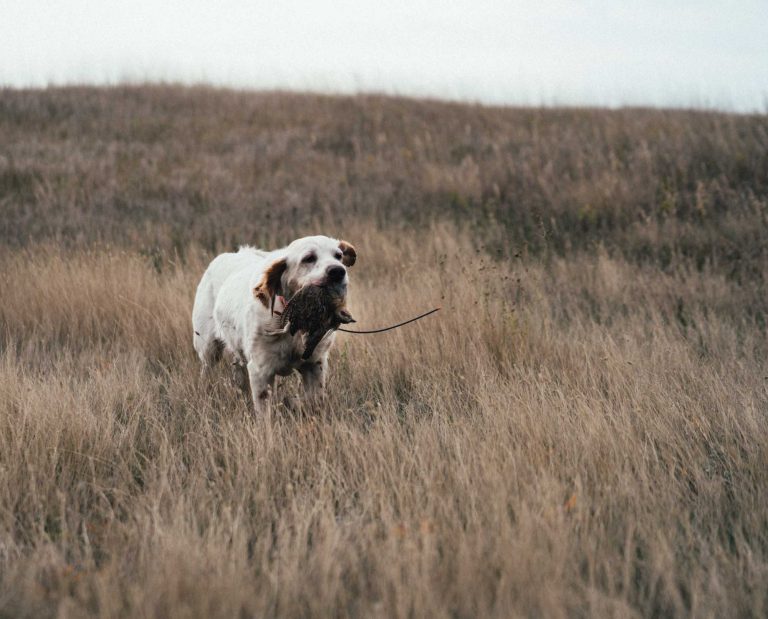Guide to Hunting Gambel’s and Scaled Quail In Arizona
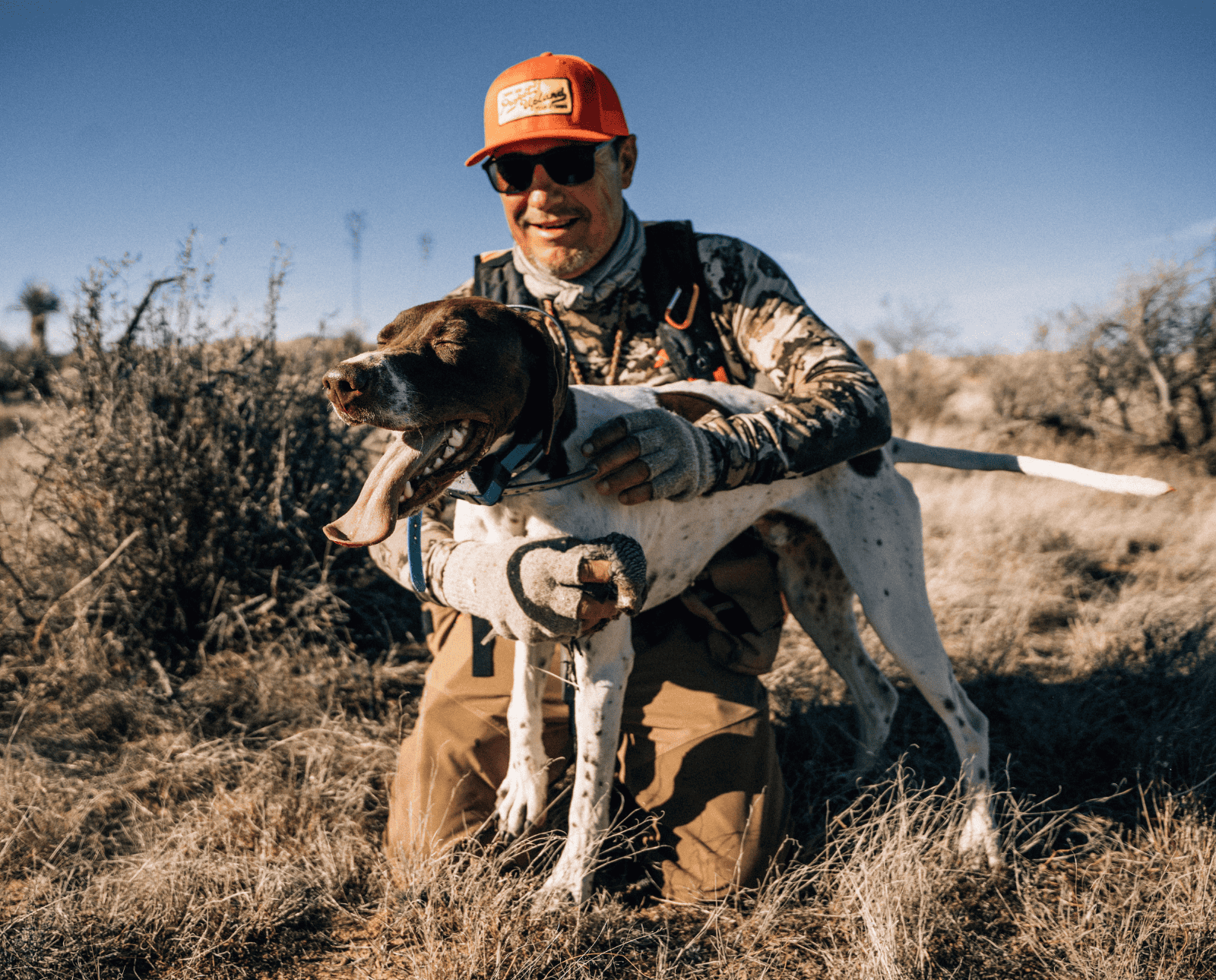
Expect arid conditions and difficult terrain when hunting these two desert quail species
My first experience with Arizona quail occurred as a covey of about 30 Gambel’s quail raced across the public two-track road before us, sprinting to a pond to get water. Not believing our luck, I pulled the truck over. My father, James, and buddy Kyle Hedges helped me boot up three dogs.
While the process took about 20 minutes, we were confident that the birds would still be somewhere close. Based on our combined years of bobwhite quail hunting experience, we thought perhaps they’d be in the thick brush surrounding the pond or down the draw below. Thirty minutes later, only one bird in the whole covey flushed. That’s when we realized that these critters were different.
We had read about the legendary running ability of Gambel’s quail and scaled quail and knew they weren’t like the bobwhites on which we’d cut our teeth. We were mentally prepared for something different. But this covey’s ability to quickly grab water and vacate to parts unknown astounded us. We quickly learned that if we were going to be successful, we needed to hunt at the speed of the desert.
Desert Quail Species in Arizona
Arizona is home to Gambel’s, scaled, and valley quail, but we will focus on Gambel’s and scaled. I am purposely not addressing Mearns’ quail in this piece as I consider them a savanna species.
Read More: Hunting Mearns’ Quail in Arizona
Gambel’s quail are found nearly statewide in desert habitat dissected by brush-filled washes and draws in which they seek cover. Scaled quail are found primarily in the southeastern portion of the state and are more grassland-oriented. In fact, some ecologists consider them to be a grassland species rather than a desert species because of their reliance on grasslands punctuated by scattered brush and cholla cacti. Because these grasslands are very dry, scaled quail tend to get categorized as desert species.
Where the range of these species intersects in southeastern Arizona, it is not uncommon for Gambel’s and scaled quail to be harvested during the same walk. I fondly remember hunting a large grassland flat that held both species. As we hunted the flat, some points would be Gambel’s, some scaled quail. These multi-species situations are always the most fun. This was a year of a Gambel’s quail irruption, and they were found in the grassland flats more commonly than they would normally be due to so many birds on the landscape. Two years later, the same flat only held scalies; Gambel’s numbers had taken a dive.
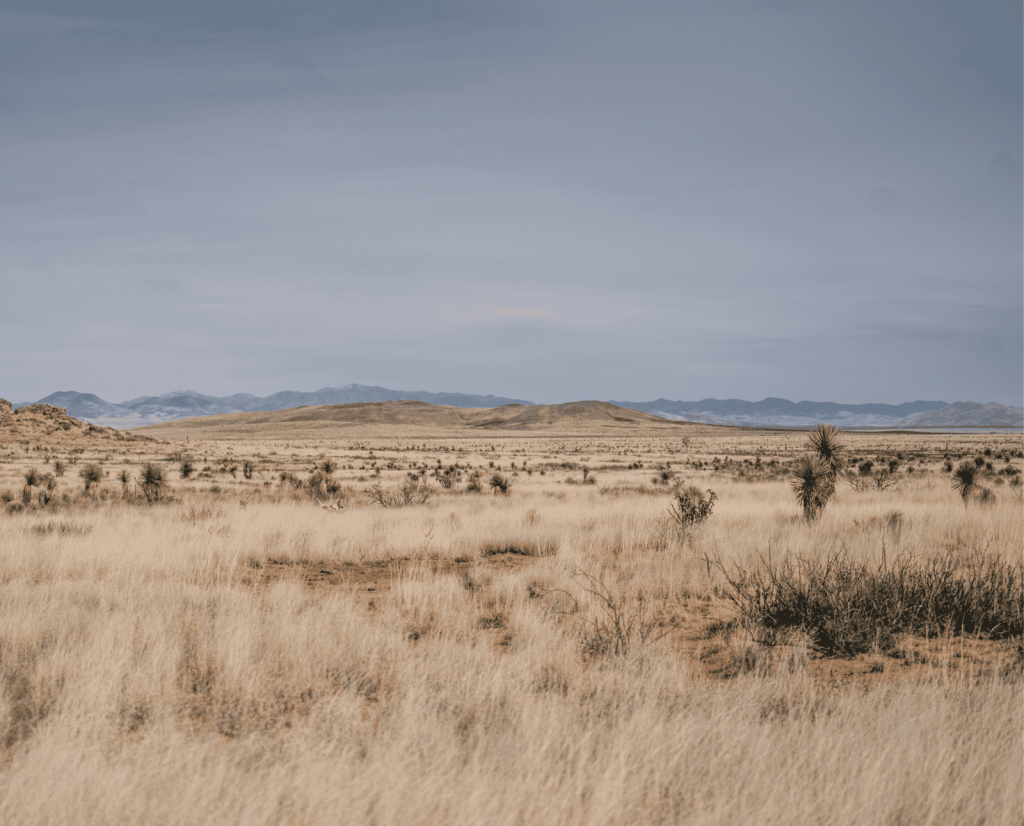
Rainfall Impacts Arizona Quail
All gamebird species production is weather-dependent in some respect. This is especially true with desert birds, but the mechanism is not the same between Gambel’s and scaled quail.
Read More: How Rainfall Influences Quail Populations
Gambel’s quail begin nesting early in the spring and need adequate late winter rains to green up the desert. The water helps produce abundant cover and nutritious forage full of vitamin A to help with reproductive body condition. The flush of food and cover stimulates nesting and provides many hiding places for nests and broods.
On the other hand, scaled quail nest in late spring and summer. They need adequate spring rains and summer monsoons to create great nesting and brood-rearing conditions. If these conditions don’t occur for either species, production will be poor, and the hunting subpar. Rarely do these same weather phenomena occur in the same year. More typically, conditions favor one species over another. But when the stars do align, the hunting for both species can be fantastic.
To be a good bird hunter is to be a student of gamebird ecology and how weather patterns affect this ecology—keep this in mind no matter what species you’re chasing. Keeping track of local weather conditions year-round in the places you hunt creates opportunities to capitalize on boom years.
Gambel’s Quail Are True Desert Quail
Gambel’s quail are a true desert denizen. They live in vast swaths of cactus-filled flats, gently rolling slopes, and rocky foothills. They scatter throughout the desert to feed but always stay close to thick, brushy escape cover. Most of the time, these brushy areas are found in washes or drainages; these areas retain moisture longer than the dry flats, leading to better conditions for growing taller brush. Gambel’s use this thick cover to loaf midday and to protect themselves from predators.
Water is an absolute necessity in the desert. Many game birds can get their daily water needs from their food, but not Gambel’s or scaled quail. Birds will usually be within ½-mile of water in open flats, feeding or possibly loafing in the draws that flow into and out of these ponds.
Scaled Quail Prefer Extensive Cover
Scaled quail prefer expansive habitat that is fairly thick despite Arizona’s aridness. Grasslands with taller shrubs and cholla cactus scattered throughout are used for cover. They will feed in the flats during the mornings and evenings, stopping to rest or evade predators in the brush or cactus.
Because their cover is more extensive, they are not as predictable as Gambel’s when trying to pinpoint brushy cover to hunt. However, their Achilles heel is their daily need for water. Like Gambel’s, scaled quail are usually found within a half mile of water. As a result, watering holes are obvious places to hunt.
Desert Quail Tend To Run
Desert quail have an incredible capacity to run. These desert dwellers prefer to run from predators, including hunters. Often, the first sighting of a covey while hunting is seeing them running ahead of you through the brush.
Inexperienced dogs may want to chase the birds. That said (and this comment won’t be popular among folks who demand a well-polished dog), when dogs run ahead and flush coveys, your level of success will increase if they get the birds to scatter well. That’s because both species are much more prone to sit and hold for a point once they are flushed. I’m not saying you’ll never get the classic point and covey rise scenario when quail hunting in Arizona, but it’s much less common on desert birds than bobwhites.
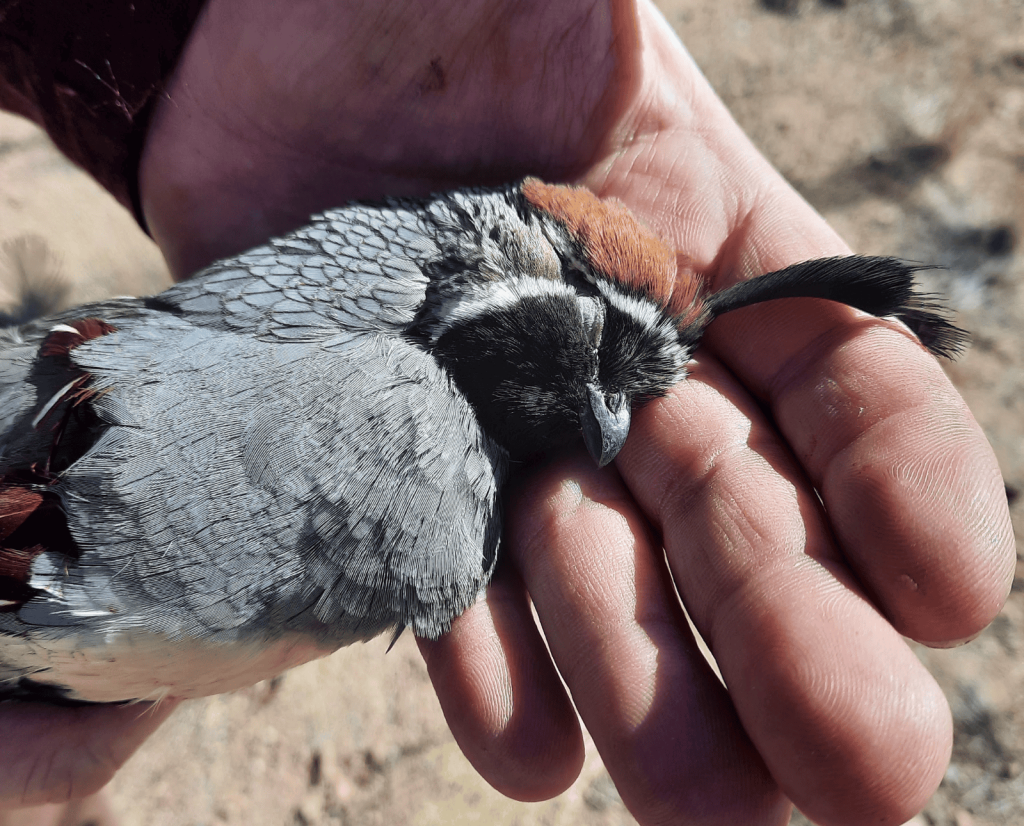
Hunting Gambel’s Quail And Scaled Quail
As you can glean from what I’ve written, the first step to desert quail hunting is to scout using mapping software with aerial photography. Identify large expanses of classic desert or foothill habitat and pinpoint water sources. These watering points can be classic ponds or simple cattle water tanks. Arizona Game and Fish has installed 3,000 water catchments for desert wildlife. No matter the source, water holes are the first thing you must identify when scouting for a desert quail hunt.
When hunting Gambel’s, look for washes and drainages with thick brush leading to and from watering holes. These washes are easily identified on aerial maps as dark, linear features. Once you’ve chosen a starting point, let your dogs out at the pond and hunt into the wind up the drainage. If you walk a half mile without seeing birds, come back, and work the wash in the opposite direction. Although this inefficient method involves returning through previously hunted spots, sometimes, it’s the only way. In other cases, a different wash can be found just over the ridge. Jump over to it, hunt past where you parked, and hunt the original wash back to the truck.
When chasing scalies, look for watering holes in expanses of grasslands. For a half-mile or so, hunt in ever-widening circles away from the pond. To increase efficiency, jump from water hole to water hole.
Watch Your Dog And The Desert Simultaneously
When hunting quail in Arizona, always keep one eye on your dog and and another on the land ahead of you. If you see birds running, pick up the pace. Try to get close enough to pin the birds or get them to flush. If you must run, unload your shotgun. The goal is to get birds to scatter into singles or small groups into the desert scrub or fan out in the grass. Carefully mark birds down and hunt the singles into the wind.
While they love to run when in big groups, desert quail stick tighter than bobwhites when in singles or small groups. Their reluctance to fly and the dry conditions of Arizona can make finding singles difficult. In my experience, slowly hunt where the birds went down. Kick every shrub or clump of grass you encounter. Also, repeatedly hunt spots where you are sure birds have landed. You will be surprised by how many birds flush from areas you and your dog just walked through.
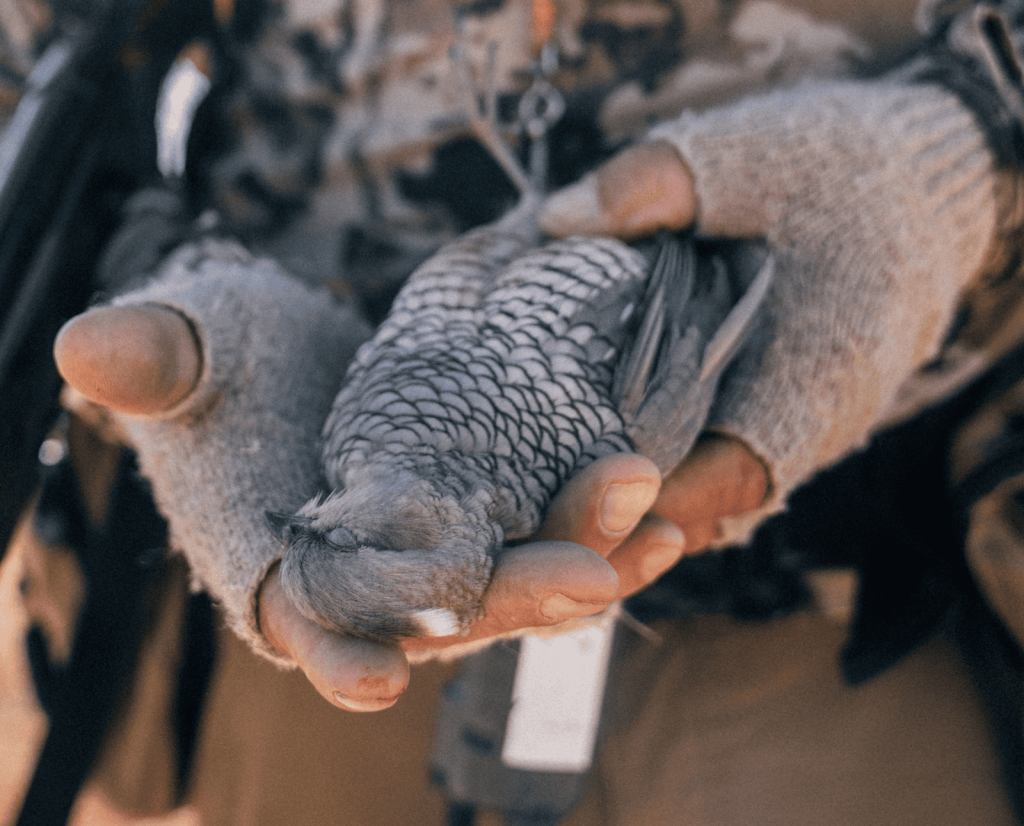
Desert Quail Hunting Gear
When it comes to desert quail shotgunning, any gauge will do. Twelve and 20-gauge shotguns are the most popular. I prefer a 12-gauge to reach out and kill the occasional bird that flushes on a long covey rise.
Regarding shot sizes, use a quality #8 or #7.5 load. Lightly hit birds will run. Even with the best dogs, solidly downed birds can be hard to find because the scenting conditions are so poor.
When hunting in areas thick with cactus or malpais rocks, consider booting your dogs. Malpais are volcanic lava fields that occur in many places in southern Arizona and sometimes cover the ground for acres. These rocks are especially hard on a dog’s pads. It’s often best to avoid areas with high coverage to avoid irritating your dog’s feet or needing the first aid kit.
Of course, you’ll want excellent footwear for yourself, too. Uninsulated leather boots with good ankle support are a must, and it’s a good idea to bring an extra pair just in case.
Hunting The Arizona Desert Is Fun And Stimulating
The desert has a quiet beauty, especially as the sun rises or falls over the mountains in the distance. There are no houses with barking dogs or farmers working their fields; just a stillness broken only by the wind, bird calls, and the occasional shotgun report.
Stumble among the rocky ledges of the washes, drink more water than you can imagine, and expect cactus spines to poke through even your best pair of chaps. However, all of these harsh details will pale in comparison to the vastness of the desert and the heft of a heavy gamebag.
